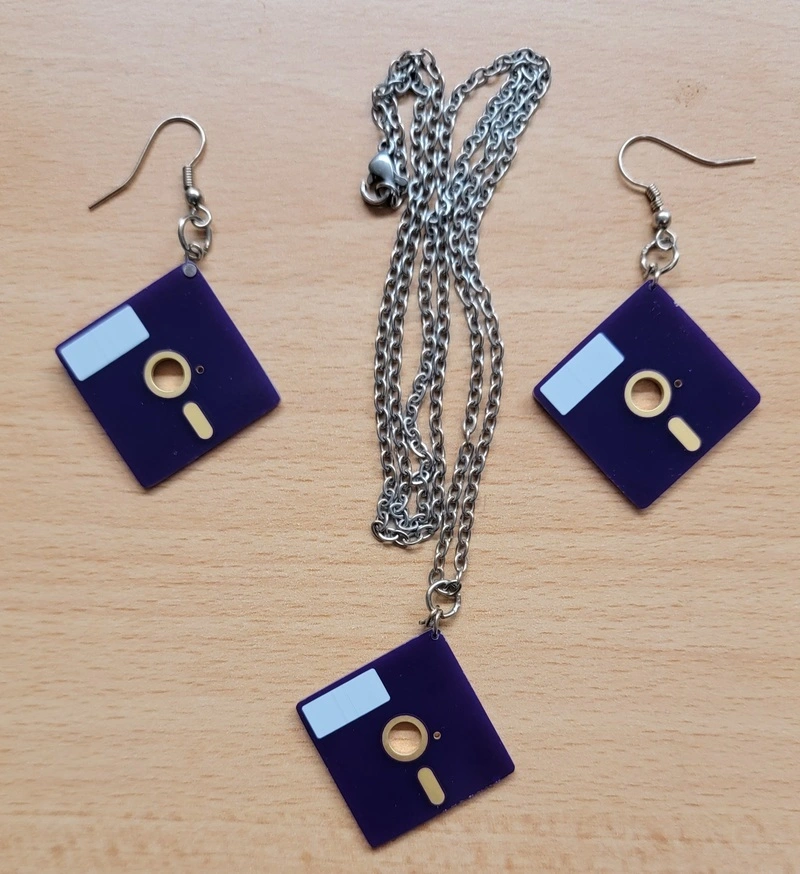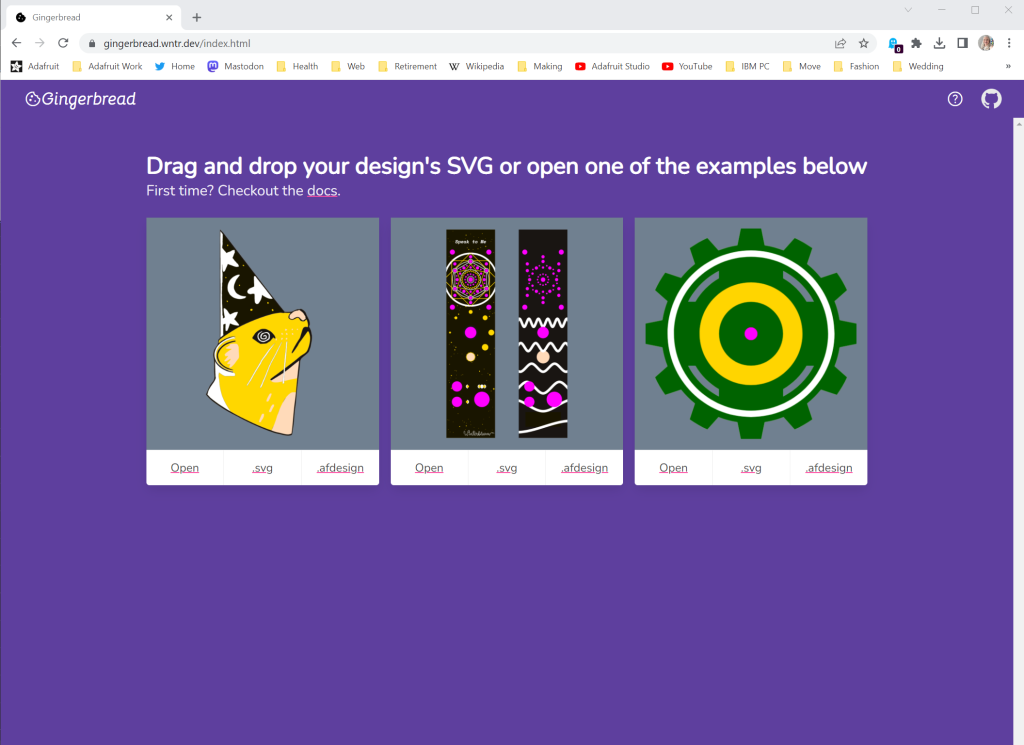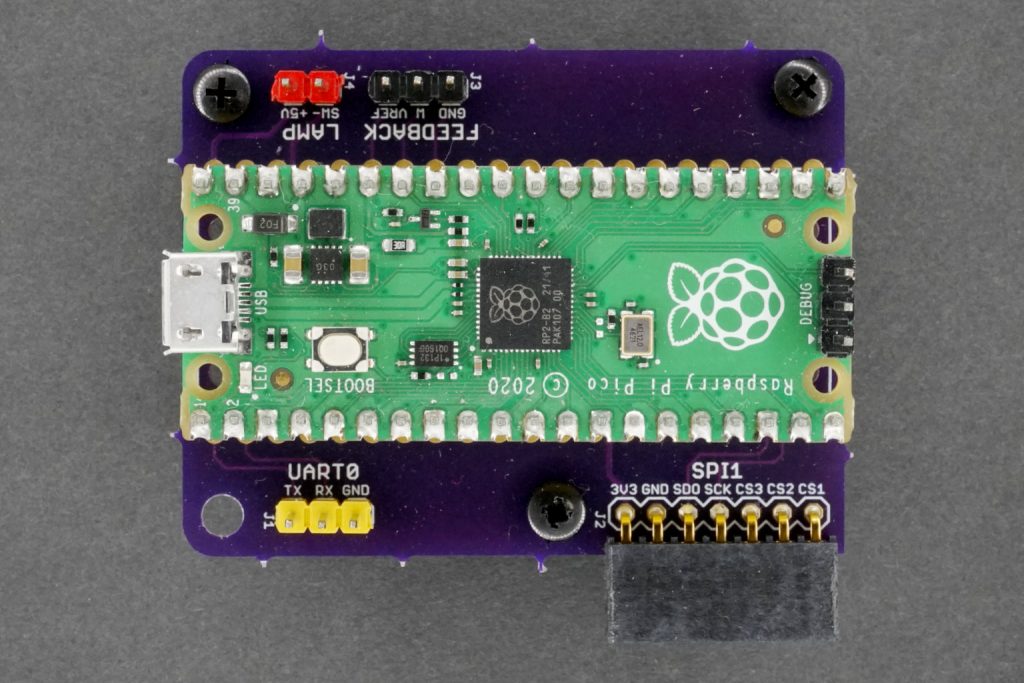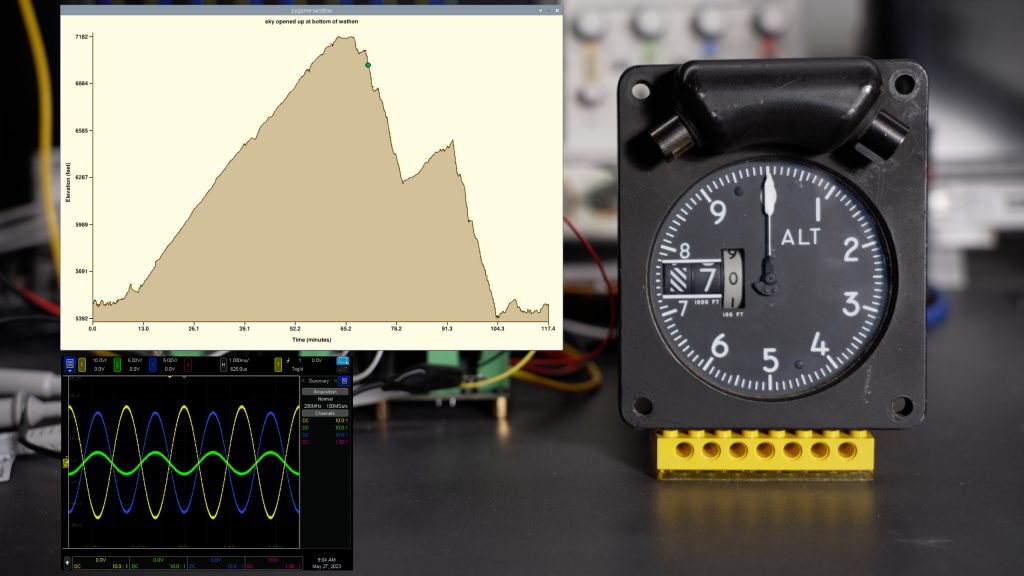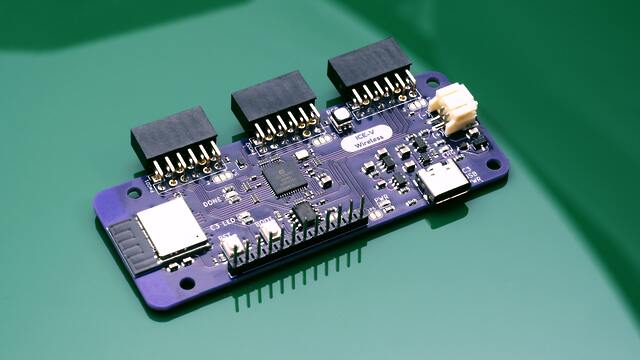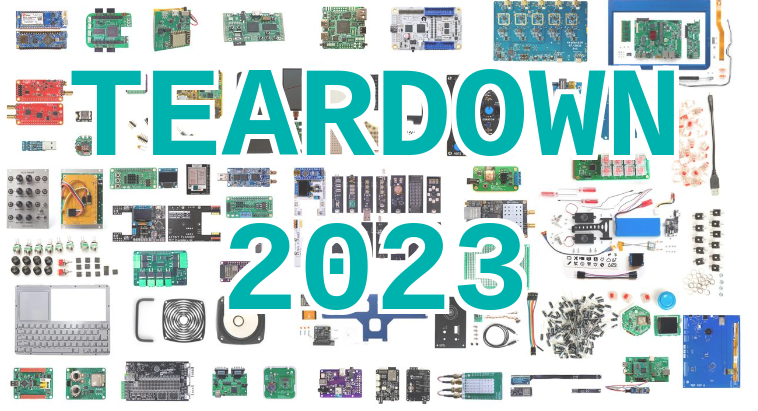Travis Smith’s open source cartridge design for the Commodore 64 and 128 includes ROM loading, MIDI in and out, and Ethernet connectivity. Gareth Halfacree writes on Hackster:

Travis Smith’s TeensyROM Adds a Wealth of Functionality to Your Commodore 64 or Commodore 128
At its simplest, the TeensyROM can work as a way to load cartridge ROM images into a real Commodore 64 or compatible, loaded from the Teensy’s own flash storage or from a microSD Card or USB storage device. It can also load program files directly, and at a considerably faster speed than official Commodore storage devices like the 1541 floppy drive or Datasette cassette tape deck.
That’s only part of the TeensyROM’s feature-set, though. The device can also serve as a MIDI input or output, allowing you to make use of the Commodore 64’s famous MOS Technology 6581 Sound Interface Device (SID) chip from a USB MIDI keyboard — or to drive an external MIDI device from the Commodore 64 itself. It’s also possible to stream MIDI- or SID-format files from a modern PC and hear them played on the original hardware. Finally, the gadget also offers internet connectivity over an Ethernet port — emulating a Swiftlink cartridge with 38.4kbps modem attached.
The TeensyROM has been published to GitHub under the permissive MIT license with full source code, hardware design files, and a 3D-printable case, with Smith saying it was designed for those “medium skilled” at soldering; he is also selling fully-assembled units on his Tindie store for $59.





